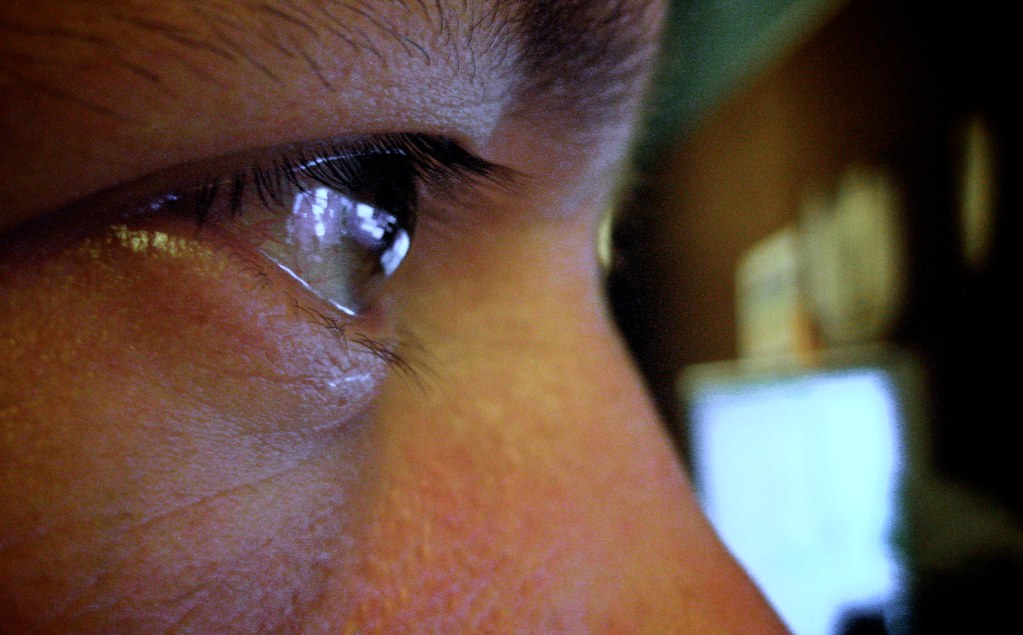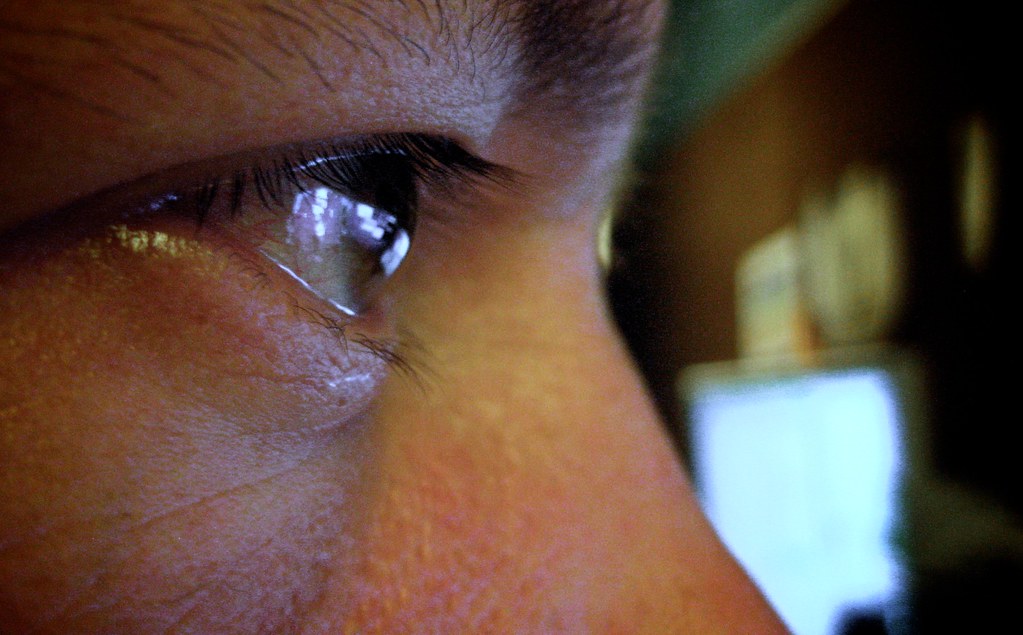Pinguecula and Pterygium: How to Prevent Surfers Eye Now
Pinguecula and Pterygium (also known as surfer’s eye) are growths in your eyes conjunctiva and if these grow large enough they could cause serious problems for your vision, Learn more about Pinguecula and Pterygium in this article.


What is Pinguecula
You may wonder what are is a Pinguecula and Pterygium? Well a pinguecula is a conjunctival growth that is yellow and elevated. It typically occurs on the side of the eye closest to your nose, although it can also occur on the opposite side. A pinguecula is a buildup of calcium, fat, or protein.
Symptoms
Having the impression that something is in your eye or experiencing eye irritation
Dryness
Inflammation, redness, and itching in the eye
What is Pterygium
A Pterygium is an expansion of soft tissue with blood vessels that could have pinguecula origins. It may stay modest or enlarge to the point that it partially covers the cornea. Your vision may be affected if this occurs.
Symptoms
inflammation, including bloodshot eye whites on the pterygium-side.
stinging and scorching feelings in the eyes.
slight eye discomfort
if the pterygium spreads across the cornea, vision issues.
Diagnosis of Pinguecula and Pterygium
Your eye doctor can identify pinguecula and pterygium during a slit-lamp examination. Because some precancerous growths can resemble pinguecula or pterygiums, in some circumstances the growth must be excised and afterwards studied under a microscope to determine the diagnosis.
Preventing Pinguecula and Pterygium
If you have experienced a pinguecula or pterygium at least once, try to stay away from the triggers. Here are a few methods:
To shield your eyes from ultraviolet (UV) light, put on sunglasses.
Use eyewear to shield your eyes from dust, such as glasses or goggles.
When your eyes are dry, use artificial tears.
Treatment for Pinguecula and Pterygium
Pinguecula
In most instances Pinguecula is fairly harmless and does not need to be treated. Artificial tears can help in the early stages but if symptoms worsen, and your eyes become uncomfortable or your eyesight is affected you may need to see a doctor for treatment.
Pterygium
With lubricating or steroid eye drops, your ophthalmologist can relieve the discomfort, redness, or swelling caused by a pterygium.
Your ophthalmologist will likely advise surgery to remove a pterygium if it becomes large enough to create issues. Your surgeon might transplant a small piece of healthy tissue onto the afflicted spot after the pterygium is removed. This treatment helps lessen the chance that your pterygium may grow back.
Why is it called Surfers Eye?
Given that surfers frequently labor in hot, windy, and dusty environments, the moniker “surfer’s eye” originated from this association.

